Silent Hill on PS1... Is that Cheryl?
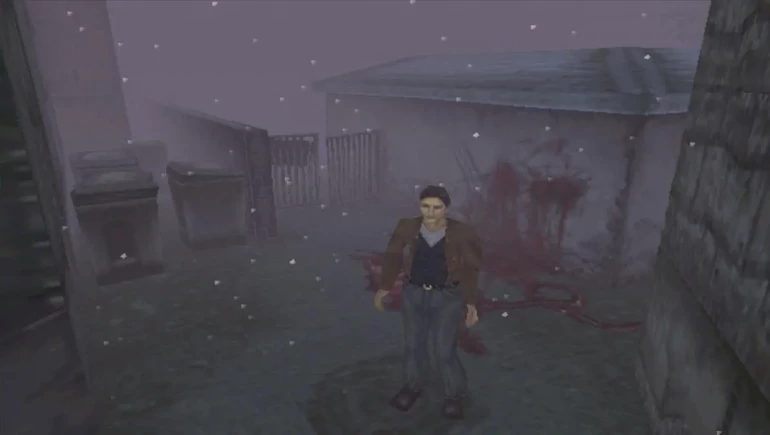
Story
Seven years ago, Harry Mason and his wife found an abandoned baby and decided to adopt her, naming her Cheryl. After his wife fell ill and passed away, Harry was left to care for Cheryl, doing his best to protect her from harm. During an off-season vacation, Harry and his daughter were driving when something suddenly appeared in the road, causing a crash. When Harry regained consciousness after the accident, he discovered his daughter was missing.
What’s even stranger is that, despite the time of year, everything is covered in thick fog. He realizes he’s at the entrance of a town, also shrouded in fog, and decides to go in, hoping to find his daughter. He spots a sign with the town’s name: Silent Hill…
The Game
Recently, Gametrailers called it the scariest game of all time—and the competition was tough: Clock Tower, Project Zero, Resident Evil… Silent Hill actually came out during the peak of Capcom’s zombie saga (Resident Evil 2), so many thought Konami was just riding the trend to sell a similar-style game. And while it was technically inferior (though with interesting innovations, like a fully polygonal environment), had clunkier controls, and seemed less original at first glance, this game carved out its own place—one that’s only grown over the years.
There are many reasons why Silent Hill is a unique game, the start of a legendary series, and an inspiration for countless later titles—and we’ll go over them in this article… if your heart can take it.
Psychological horror—that’s how most media described Silent Hill’s defining trait. But for players used to RE2’s jump scares… what exactly is psychological horror? It’s about keeping you tense the entire time. Konami crafted such an oppressive atmosphere that players feel constant dread… even when nothing’s happening.
Shadows, fog, eerie sounds, horrifying settings—these elements, when combined just right, turn the game into a nightmare. Unlike other horror games that relied on jump scares and grotesque enemies, Silent Hill makes the player’s own mind conjure threats, imagine unseen horrors, and fill in the gaps. Absolutely brilliant.
But Konami didn’t stop there—they added a defining feature for the series: confusion and alternate dimensions. As the story unfolds, we learn about the town’s dark past, its pagan cults, and a mysterious figure: Alessa Gillespie.
Not only is she at the center of all the strange events, but she’s also a gateway between two dimensions. So, our protagonist moves between the "real" world (already terrifying, with its fog and monsters) and a twisted nightmare realm—a manifestation of Alessa’s inner hell. This horrific dimension mirrors reality (same streets, buildings, rooms…) but warped beyond recognition: blood-stained walls, hanged dolls, rusted grating underfoot… It feels ripped straight from our worst nightmares, cranking the player’s anxiety to the max.
But that’s not all that makes Silent Hill special. For one, there are five different endings, boosting replay value—especially since some (like the UFO ending ;P) only unlock after a second playthrough. The game also features a fully polygonal world, with 3D environments instead of static pre-rendered backgrounds.
The camera isn’t fixed like in Resident Evil—it follows the character, though not always smoothly. Puzzles are also more complex, with some that’ll leave you scratching your head for days. Add in a deep, twist-filled story full of suspense, and Silent Hill becomes an unforgettable experience.
Graphics
Where the game truly shines is its terrifying atmosphere. The town and its buildings are well-designed, but the otherworld takes it to another level.
The lighting is a standout—especially the flashlight effect in dark areas, something revolutionary for PlayStation at the time. The cutscenes for major events are also well done. The only weak point? Character animations (both for humans and monsters) are stiff and unrealistic. Otherwise, flawless.
Sound
Sound is key in this game—one of the biggest reasons Silent Hill is the pinnacle of horror gaming.
The soundtrack is solid (notably the intro and ending themes), but the sound effects steal the show. Creaks, screams, distant noises—they’ll give you goosebumps and keep you constantly on edge, fearing what lurks in the shadows.
Gameplay
If there’s one area where Silent Hill falls short compared to rivals (both in survival horror and adventure games overall), it’s gameplay. It’s not bad, but the stiff controls and occasionally awkward camera hold it back.
That said, the mix of action, investigation, puzzles, and even stealth makes it a well-rounded experience. Combined with the psychological horror, it’s hard to put the controller down—at least until you save and can finally breathe again.
In short, one of PlayStation’s most unforgettable games. Anyone who’s played it knows exactly what I mean—it’s hard to shake the trauma of walking through this "quaint" American town…
At Launch (1999)
Impactful—that’s the best way to describe this game’s reception. At first glance, it seemed like an RE clone, but digging deeper revealed a strong identity of its own. Critics were blown away by its atmosphere, and sales followed suit. Fear took on a whole new dimension in gaming.
THE BEST:
- The relentless tension.
- Some of the puzzles.
- The complex story, especially the dual dimensions.
- The suffocating atmosphere and masterful setting.
THE WORST:
- The controls and camera keep it from being "perfect."
Today
The series continued strong, maintaining a consistent quality. The next three entries (on PS2, Xbox, and PC) were great, though the 4th one split opinions (I personally liked it).
The last mainline game, Silent Hill: Downpour (2012), left fans craving more—or at least a well-deserved remake. The horror genre has seen ups and downs since, but none of that has buried Silent Hill. Instead, it’s become a legend—a cult classic that broke molds and defined a style loved by many. That’s why it’s still a must-play. After all, it’s the scariest game ever made…
STILL HOLDS UP:
- Recently crowned the scariest game of all time—worth it for that alone.
- Its story remains spectacular even today.
WHAT TIME HAS CHANGED:
- If it had technical flaws back then, they’re even more noticeable now.
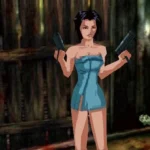 Fear Effect: Unveiling the Secrets and Demons - The Story Behind
Fear Effect: Unveiling the Secrets and Demons - The Story Behind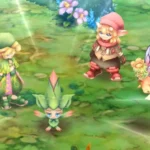 Legend of Mana: A Timeless RPG Adventure
Legend of Mana: A Timeless RPG Adventure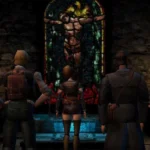 Koudelka: An Unconventional Gothic RPG
Koudelka: An Unconventional Gothic RPG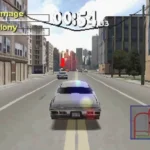 Driver 2: The Wheelman is Back with a Vengeance
Driver 2: The Wheelman is Back with a Vengeance Gekido: Urban Fighters Revives the Beat 'Em Up Genre on PlayStation
Gekido: Urban Fighters Revives the Beat 'Em Up Genre on PlayStation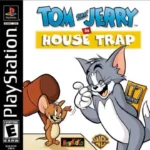 Tom and Jerry in the House Trap: Reviving Classic Cartoon Chaos on PS1
Tom and Jerry in the House Trap: Reviving Classic Cartoon Chaos on PS1 Resident Evil Code Veronica: A Deep Dive into the Survival Horror Classic
Resident Evil Code Veronica: A Deep Dive into the Survival Horror Classic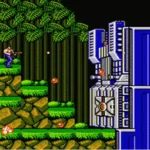 6 Games That Will Drive You Crazy...
6 Games That Will Drive You Crazy...
![PSX Longplay [181] Silent Hill (EU)](https://i.ytimg.com/vi/Wy34ChMlvow/hqdefault.jpg)
Leave a Reply